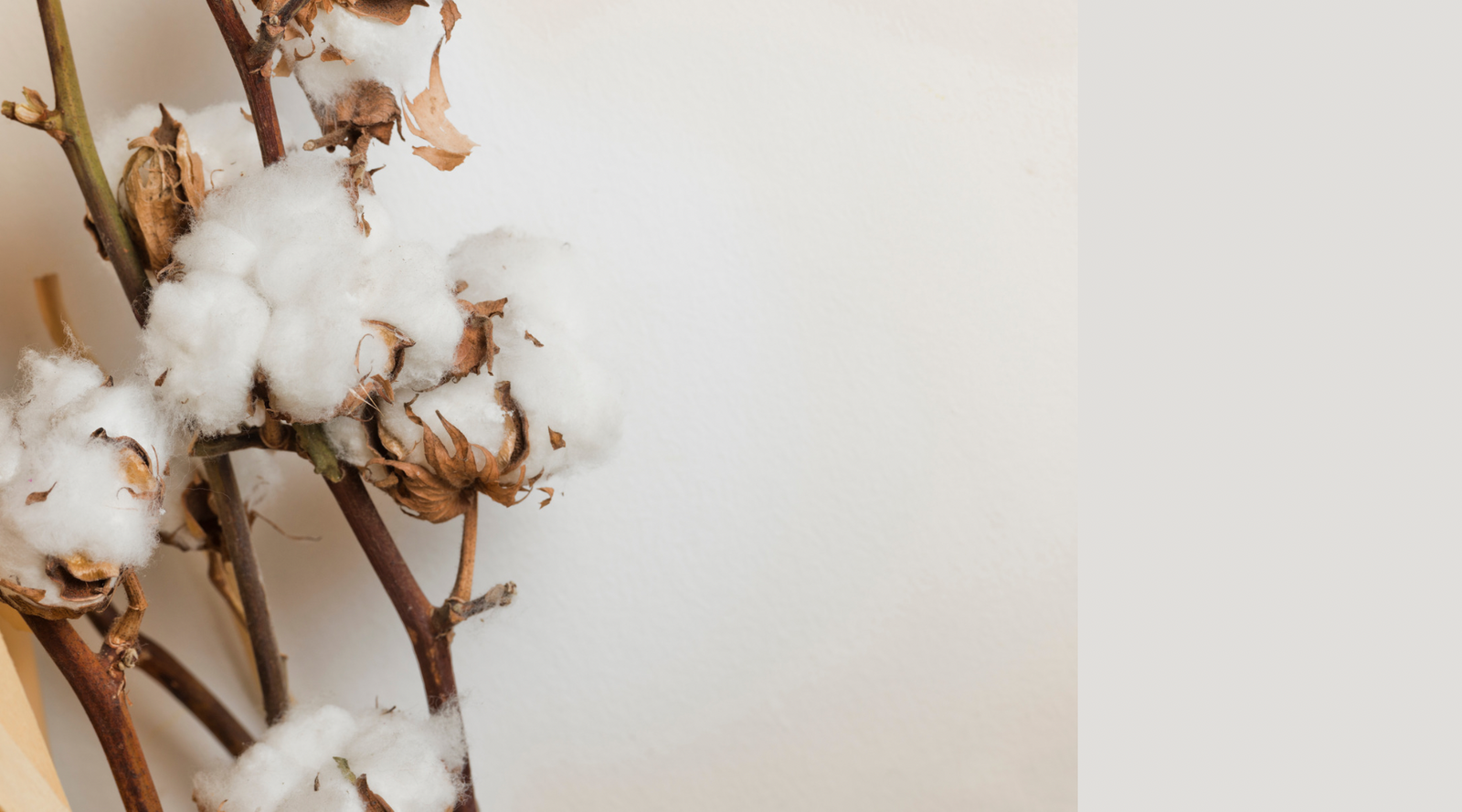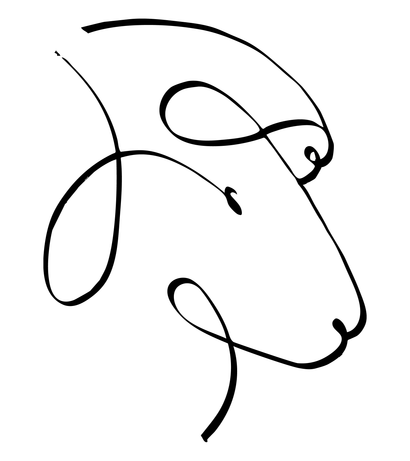Free shipping on all domestic orders over $150
Free shipping on all domestic orders over $150
Shop
Add description, images, menus and links to your mega menu
A column with no settings can be used as a spacer
Link to your collections, sales and even external links
Add up to five columns
Add description, images, menus and links to your mega menu
A column with no settings can be used as a spacer
Link to your collections, sales and even external links
Add up to five columns

What is microfiber -- and why is it in my yarn?
March 07, 2023 2 min read 2 Comments
What is microfiber?
Rowan has a new yarn in its line. It’s called Four Seasons. A blend of cotton and microfiber, it is soft and bouncy with a lovely hand and great stitch definition.
The labeling says Cotton and Acrylic. Extremely misleading. Technically correct, but misleading. In the same way that there are different grades of merino yarn, there are all grades of acrylic fiber, and the acrylic in Four Seasons is microfiber and bears about as much resemblance to acrylic as goat hair does to cashmere.
Let’s take a look at what microfiber is and what it does to yarn, because you’re going to see it everywhere.
What is microfiber?
Microfibers are extra-fine filaments, typically made of polyester, polyamide, acrylic, modal, lyocell or viscose.. To be labeled a microfiber, the strand must be less than 10 microns in diameter. For reference fine merino is about 20 microns, and cashmere is less than 14 microns, so microfiber is really, really fine.
What does microfiber do for a yarn?
Microfiber enhances a yarn’s look and feel
Microfibers have a silky soft, luxurious hand. Adding them to a yarn increases the yarns luster, softness, and drape.
Microfibers are lightweight
The addition of microfibers lightens a yarn making for a garment that weighs less and is more comfortable on your body
Microfibers are strong and elastic
Microfibers increase the tensile strength of a yarn, which means it’s less likely to break. Microfibers in yarn help garments hold their shape and spring back better after being worn. Microfibers also help reduce linting and pilling.
Microfibers make cotton fabric more comfortable to wear.
Microfibers are super-absorbent, absorbing over 7 times their weight in water. Microfiber’s tiny capillaries that transfer the moisture outside of the fiber to the air where it can be evaporated. Microfiber dries in one-third of the time of ordinary fibers.
What are the downsides to microfiber in yarn?
While microfibers have lots of benefits, it’s important to note where microfibers’ weaknesses lie. First, they are heat sensitive. So you’re going to want to wet block your swatches and fabric pieces rather than using steam. After the garment is together, dry wash gently in cool water and lay it flat to dry.
The making of yarn is a complicated matter, as is choosing yarn for a garment you want to create. There are all kinds of construction methods, fiber blends, and more. One is not better than the other, they're just different. What's perfect for one garment might be perfectly awful for another. But the more you know about yarn and the deeper your understanding of the different characteristics of each, the better you'll be able to choose what's right for you and your project.
Please reach out if you have questions or thoughts. I love to read your comments and will get back to you as quick as I can.
I look forward to seeing you soon. You are always welcome here.
Warmly,
Ellen
2 Responses
Patty Wolf
March 07, 2023
Hand wash, correct?


Elaine
March 09, 2023
Really helpful and succinct! Thanks!